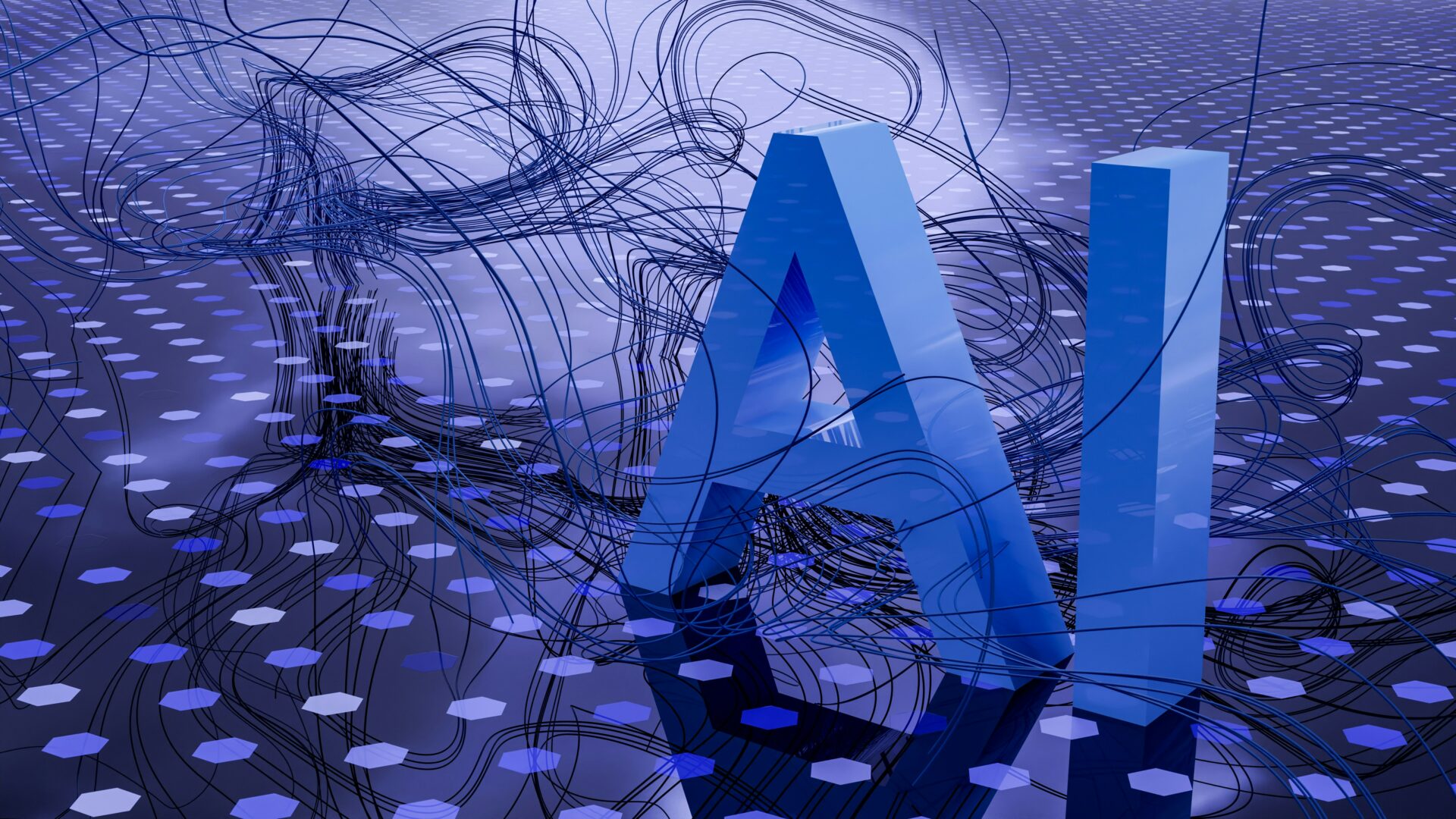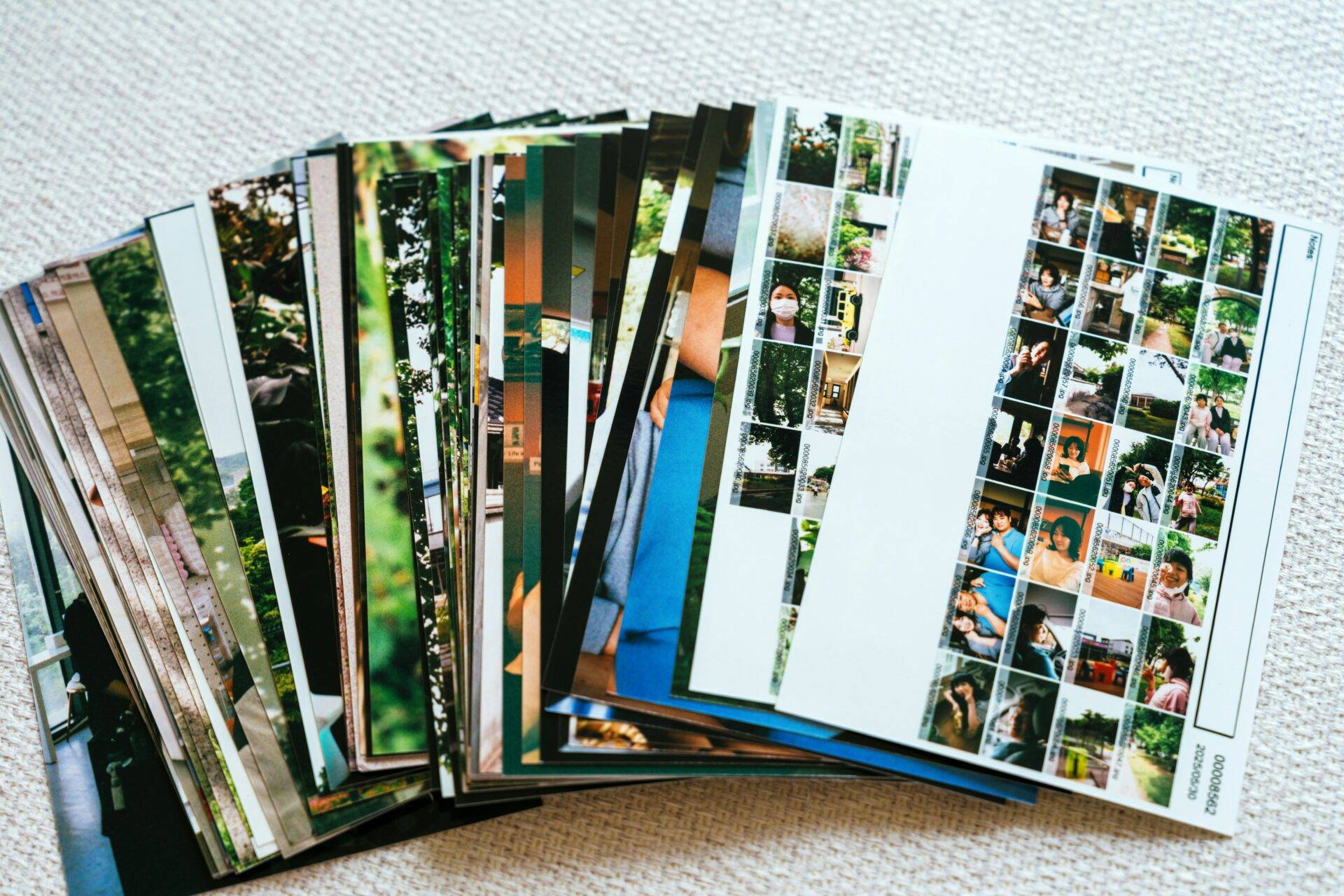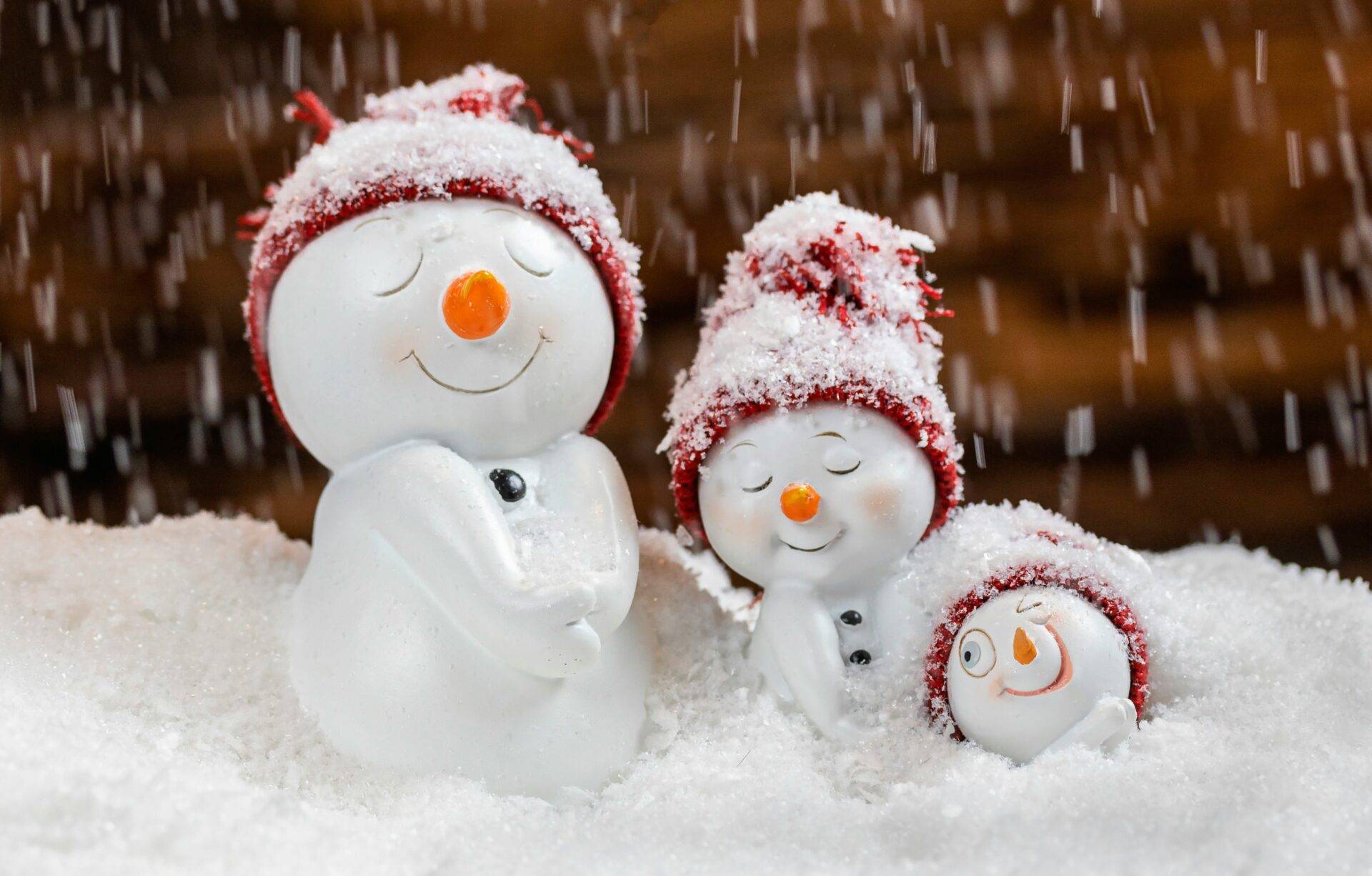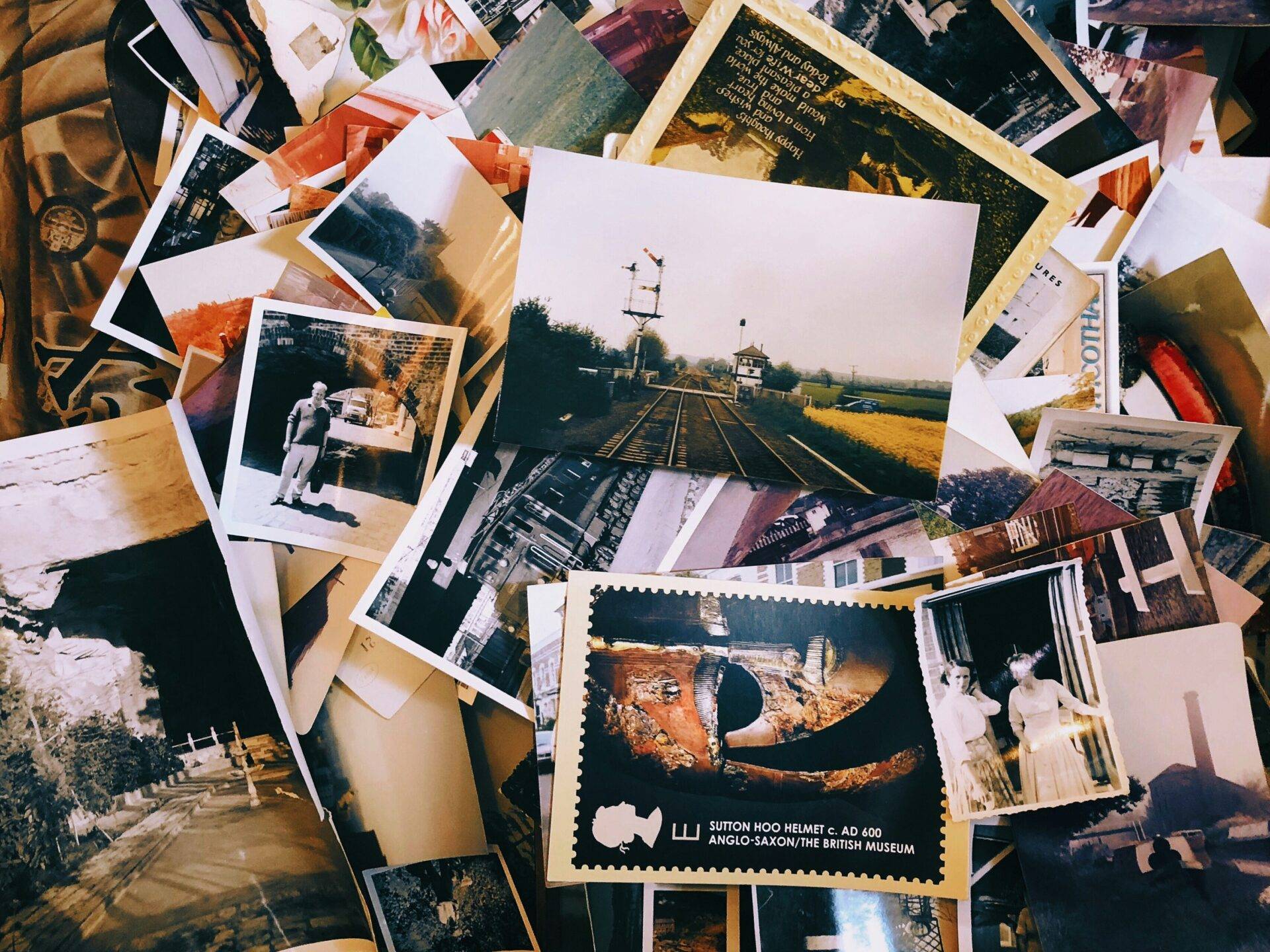Have you ever captured a stunning sunset but felt let down by the dullness in your post-processing? That moment led me to explore how AI is revolutionizing my photography journey. From enhancing my images instantly to automating tedious edits, technology has shifted my approach to camera work. Join me as we delve deeper into how AI is not just changing photography, but elevating it to new heights, opening doors to unimaginable creativity.
Transformative Uses of AI in Photography
Photography has always been about capturing moments. But now, with the rise of artificial intelligence (AI), the way we take and edit photos is changing dramatically. I find this evolution fascinating. AI isn’t just a buzzword; it’s a tool that can enhance our creative process. Let’s dive into how AI is transforming photography.
1. Real-Time Composition Suggestions
Imagine you’re out in the field, camera in hand, and you’re unsure about the best angle for your shot. Wouldn’t it be great if your camera could suggest the perfect composition? Well, that’s exactly what AI can do. It analyzes the scene in real-time and offers suggestions to improve your shot. This feature is like having a personal photography assistant right there with you.
Think about it: how many times have you missed a great shot because you weren’t sure how to frame it? With AI, those worries can fade away. It helps photographers focus on creativity rather than technicalities. As a result, we can spend more time capturing the essence of a moment rather than stressing over the details.
2. Enhanced Autofocus Capabilities
Another game-changer is the enhanced autofocus technology in modern cameras. Remember the days when autofocus could be slow and unreliable? Those days are gone. AI-driven autofocus systems can track subjects with incredible precision. This is especially useful for action shots or wildlife photography.
Have you ever tried to photograph a moving subject? It can be a challenge. But with AI, cameras can predict movement and adjust focus accordingly. This means fewer missed shots and more stunning images. It’s like having a superpower that allows you to capture fleeting moments effortlessly.
3. Automated Editing Processes
Editing photos can be a time-consuming task. I know many photographers who spend hours perfecting their images. But what if I told you that AI can automate much of this process? Tools like Adobe Sensei are revolutionizing the way we edit photos. They can perform complex tasks like background removal, noise reduction, and color grading in a fraction of the time.
- Time-Saving: Imagine finishing your editing in half the time. That’s what AI offers.
- Consistency: AI ensures that your edits are consistent across multiple images, which is crucial for maintaining a cohesive look in a portfolio.
- Accessibility: For beginners, AI tools make high-quality editing accessible without needing extensive knowledge of software.
With AI handling the tedious tasks, photographers can focus on what truly matters: their creative vision. It’s a win-win situation!
4. The Future of AI in Photography
As we look ahead, the potential for AI in photography seems limitless. I can only imagine how future cameras will integrate even more advanced AI features. Perhaps we’ll see cameras that can suggest not just compositions but also lighting adjustments based on the environment. How cool would that be?
AI is not just a trend; it’s here to stay. It’s reshaping the way we approach photography, making it more accessible and efficient. As photographers, we should embrace these changes. After all, AI is a tool that can enhance our artistry, not replace it.
So, whether you’re a seasoned professional or just starting, understanding and utilizing AI in photography can open up new horizons. Let’s embrace this technology and see where it takes us!
Streamlining the Photographer’s Workflow
As a photographer, I know how overwhelming the workflow can be. From capturing the perfect shot to editing it for presentation, every step takes time and effort. But what if I told you that artificial intelligence (AI) is here to help? Yes, AI is transforming our workflow, making it smoother and more efficient. Let’s dive into how AI tools like Luminar AI, speedy culling processes, and batch editing features can streamline our work.
1. AI Editing Tools: Simplifying Complex Edits
Editing can be one of the most time-consuming parts of photography. I remember spending hours adjusting colors, fixing exposure, and retouching images. But with AI editing tools like Luminar AI, those days are behind us. These tools use advanced algorithms to analyze images and suggest enhancements automatically.
Imagine having a virtual assistant that knows exactly how to make your photos pop. Luminar AI can do just that. It simplifies complex edits, allowing us to focus on our creative vision rather than getting bogged down in technical details. For instance, it can automatically enhance the sky, smooth skin tones, or even add creative effects—all with just a few clicks. Isn’t that a game-changer?
2. Speedy Culling Processes: More Time for Shooting
Have you ever spent hours going through hundreds of photos after a shoot? I certainly have. The culling process can feel like a chore, but it’s essential for finding the best shots. Thankfully, AI is speeding up this process. With AI-powered culling tools, we can quickly sort through images and identify the best ones based on various criteria.
- Facial recognition: AI can recognize faces and highlight the best expressions.
- Quality assessment: It can evaluate sharpness, exposure, and composition.
- Time-saving: This means more time for shooting and less time staring at a computer screen.
By automating the culling process, we can spend more time doing what we love—capturing beautiful moments. It’s like having a personal assistant who knows our style and preferences!
3. Batch Editing Features: Presets Without Compromise
Batch editing is another fantastic feature that AI brings to the table. We all have our favorite presets, right? But applying them one by one can be tedious. With AI-driven batch editing, we can apply presets automatically to multiple images without compromising quality.
This means we can maintain a consistent look across our portfolio while saving precious time. Imagine editing an entire wedding or event in a fraction of the time it used to take. It’s like having a magic wand that transforms our workflow!
Why Embrace AI?
Incorporating AI into our workflow isn’t just about efficiency; it’s about enhancing our creativity. By automating tedious tasks, we can focus on what truly matters—our artistic vision. AI tools help us push boundaries, explore new styles, and ultimately create stunning images that resonate with our audience.
As we embrace these technologies, we must remember that they are tools to enhance our craft, not replace it. The best photographers will use AI to complement their skills and creativity. So, let’s welcome AI into our workflow and see how it can elevate our photography to new heights!
AI’s Role in Artistic Innovation
Artificial Intelligence (AI) is reshaping the landscape of photography in ways we never imagined. It’s not just about capturing a moment anymore; it’s about redefining what art can be. I find it fascinating how AI-generated art challenges traditional photography. It raises questions: What is art? Who is the artist? These are the conversations we need to have as we embrace this new technology.
AI-Generated Art: A Challenge to Tradition
When we think of photography, we often envision a photographer behind the lens, capturing reality. But what happens when AI takes the reins? AI-generated art blurs the lines between reality and imagination. It creates images that can be stunningly beautiful yet entirely artificial. This challenges the very essence of photography.
For instance, AI can analyze thousands of images and create something entirely new. It can mimic styles of famous artists or even combine multiple styles into one piece. This leads to a question: Should we consider AI-generated images as art? Or are they merely sophisticated algorithms at work? The debate is ongoing, but one thing is clear: AI is pushing the boundaries of creativity.
Style Transfer: New Aesthetics for Photographers
One of the most exciting developments in AI is style transfer. This technology allows photographers to apply the aesthetic of one image to another. Imagine taking a beautiful landscape photo and transforming it to look like a Van Gogh painting. It opens a world of possibilities.
- Experimentation: Photographers can now experiment with various styles without needing to master each technique.
- Inspiration: AI can inspire new creative directions. It can suggest styles based on a photographer’s previous work.
- Accessibility: Even those with limited artistic skills can create visually stunning images.
Style transfer is not just a gimmick; it’s a tool that can enhance a photographer’s portfolio. It encourages us to think outside the box and explore new aesthetics. I often wonder how many traditional photographers will embrace this technology. Will they see it as a threat or an opportunity?
Personalized AI Recommendations
Another fascinating aspect of AI in photography is its ability to provide personalized recommendations. Imagine an AI that learns from your past work and suggests edits or styles that align with your unique vision. This is not science fiction; it’s happening now.
AI-driven recommendations can:
- Enhance Workflow: By analyzing your previous images, AI can suggest the best editing techniques tailored to your style.
- Save Time: No more endless scrolling through filters or presets. AI can streamline the process, allowing you to focus on creativity.
- Boost Creativity: With AI’s insights, photographers can discover new ways to express their artistic vision.
As someone who loves photography, I find this personalization incredibly exciting. It feels like having a creative partner who understands my style and pushes me to explore new avenues. But, does this reliance on AI diminish our creativity? Or does it enhance it? That’s a question we all need to ponder.
In conclusion, AI is not just a tool; it’s a revolution in the world of photography. It challenges our understanding of art, offers new ways to experiment, and provides personalized insights that can elevate our work. As we navigate this new landscape, let’s embrace the possibilities while staying true to our artistic vision.
Challenges and Ethical Considerations
As we dive deeper into the world of photography, it’s impossible to ignore the challenges and ethical considerations that come with the rise of AI. I often find myself pondering: What does this mean for traditional photographers? Are we losing something essential in the process?
AI Threatens Traditional Craftsmanship
One of the most significant concerns is that AI threatens the traditional craftsmanship of photography. Think about it: photography has always been an art form that requires skill, patience, and a keen eye for detail. But with AI tools automating many of these processes, are we at risk of losing that artistry?
For instance, AI can now suggest compositions, adjust camera settings, and even enhance images with just a few clicks. While this can be incredibly helpful, it raises a question: Are photographers becoming overly reliant on technology? Will future generations of photographers even know how to manually adjust their settings or compose a shot without the help of AI?
Questions of Authorship
Another pressing issue is the question of authorship. When an image is generated by AI, who is the true creator? Is it the photographer who provided the input, the AI that processed the data, or the developers of the software? This ambiguity can lead to significant ethical dilemmas.
As someone who loves photography, I find it unsettling to think that an image could be created without a human touch. The essence of photography lies in the unique perspective each photographer brings to their work. If AI is generating images, how do we differentiate between a genuine photograph and one that is entirely artificial?
Debates About Copyright Issues
Moreover, there are ongoing debates about AI learning on copyrighted materials. Many AI systems are trained on vast datasets, which often include copyrighted images. This raises ethical concerns about whether it’s fair for AI to learn from these works without permission from the original creators.
Imagine pouring your heart and soul into a photograph, only to find that an AI has learned from your work and is now generating similar images. It feels like a violation, doesn’t it? The question of ownership becomes murky. Who gets the credit for an AI-generated image? The photographer? The AI? Or the company that created the AI?
Summary of Challenges
- AI threatens traditional craftsmanship: Automation may diminish the artistry of photography.
- Questions of authorship: Who is the true creator of AI-generated images?
- Debates about copyright: Is it ethical for AI to learn from copyrighted works?
As we navigate this rapidly changing landscape, it’s essential to engage in these discussions. We must consider how to balance the benefits of AI with the need to preserve the integrity of photography as an art form. I believe that while AI can enhance our work, it should never replace the creativity and skill that define us as photographers.
In the end, the rise of AI in photography presents both exciting opportunities and daunting challenges. It’s up to us to find a way to embrace this technology while staying true to our craft. After all, photography is more than just capturing images; it’s about telling stories and expressing our unique perspectives.
Real-World Applications: How AI is Used Today
Artificial Intelligence (AI) is not just a buzzword anymore; it’s a game-changer in photography. From portraits to landscapes, AI is reshaping how we capture and edit images. Let’s dive into some real-world applications of AI in photography that are making waves today.
1. Portraits: The Magic of Skin Retouching
Have you ever looked at a portrait and wondered how the skin looks so flawless? Well, AI is behind that magic. AI-powered skin retouching tools can analyze skin tones and textures, making adjustments that enhance natural beauty without making subjects look artificial.
- Instant Results: Tools like Luminar AI and PortraitPro can optimize skin tones and lighting in seconds.
- Facial Recognition: AI can identify facial features, allowing for targeted adjustments that enhance the subject’s best attributes.
- Time-Saving: Instead of spending hours on manual retouching, photographers can achieve professional results quickly.
Imagine a wedding photographer who has hundreds of portraits to edit. With AI, they can focus on the creative aspects of their work instead of getting bogged down in tedious retouching tasks. It’s like having a personal assistant who knows exactly what you need!
2. Event Photography: Sorting Through the Chaos
Event photography can be overwhelming. You capture thousands of images in a single day, and sorting through them can feel like searching for a needle in a haystack. Here’s where AI shines.
- Smart Sorting: AI can quickly analyze and categorize images based on expressions, lighting, and composition.
- Best Moments: It can identify the best shots, allowing photographers to focus on delivering a stunning gallery.
- Efficiency: This technology reduces editing time significantly, enabling faster turnaround for clients.
Think about it: instead of spending hours scrolling through images, a photographer can let AI do the heavy lifting. This means more time for creativity and less time on the mundane. Who wouldn’t want that?
3. Landscape Photography: Enhancements at Your Fingertips
Landscape photography is all about capturing the beauty of nature. But sometimes, the raw images need a little help to truly shine. AI-driven adjustments can elevate these photos to new heights.
- Sky Replacement: AI can seamlessly replace dull skies with vibrant ones, creating a dramatic effect.
- HDR Blending: It can enhance dynamic range, making sure that both shadows and highlights are perfectly balanced.
- Noise Reduction: AI tools can reduce noise in low-light images, resulting in clearer and more detailed shots.
Imagine capturing a breathtaking sunset but finding that the colors didn’t quite pop in the photo. With AI, you can enhance those colors and bring the scene back to life. It’s like having a magic wand for your photos!
Why Embrace AI?
As photographers, we often seek tools that enhance our creativity. AI is not here to replace us; it’s here to assist us. By automating tedious tasks, we can focus on what we love most—telling stories through our images.
So, whether you’re a portrait photographer, an event shooter, or a landscape enthusiast, embracing AI can elevate your work. It’s not just about speed; it’s about enhancing your artistic vision.
Peering Into the Future: What Lies Ahead?
As we look ahead, the world of photography is on the brink of a transformation. With the rise of artificial intelligence, we’re witnessing a shift that could redefine how we capture and create images. So, what does this mean for photographers, both amateur and professional? Let’s dive into some exciting developments.
1. Emerging AI-Driven Cameras
Imagine a camera that not only captures images but also offers real-time suggestions for framing. Sounds futuristic, right? Well, it’s becoming a reality. Emerging AI-driven cameras are equipped with advanced algorithms that analyze scenes as you compose them. They can suggest the best angles, lighting adjustments, and even composition techniques.
- Real-Time Suggestions: These cameras can identify elements in the frame, like people or objects, and recommend how to position them for a more compelling shot.
- Enhanced User Experience: This technology makes photography more accessible. Even beginners can achieve stunning results with a little guidance.
Have you ever struggled to decide whether to shoot from the left or right? With AI, those dilemmas may soon be a thing of the past.
2. Advancements in Personalization
Another exciting aspect of AI in photography is its potential for personalization. As AI learns from individual user preferences, it can adapt its suggestions and tools to fit your unique style. This means that the more you use your camera, the better it understands you.
- Tailored Experience: Imagine a camera that knows you prefer warm tones over cool ones. It could automatically adjust settings to match your aesthetic.
- Learning from Your Style: AI can analyze your past photos to suggest improvements based on what you typically like.
This level of personalization could revolutionize how we approach photography. It’s like having a personal assistant who knows exactly what you want!
3. AI-Generated Photography
Now, let’s talk about the potential for AI-generated photography. This is where things get really interesting. AI can create images that are entirely synthetic, blurring the lines between reality and imagination. Think about it: AI can analyze thousands of images and generate new ones that reflect a unique artistic style.
- Inspiring Artistic Movements: Just as photography itself sparked new art movements, AI-generated photography could inspire a whole new wave of creativity.
- Collaboration with Artists: Photographers might collaborate with AI to create pieces that combine human creativity with machine learning.
Could we see a future where AI-generated images are displayed in galleries? It’s not far-fetched. The fusion of technology and art is already happening.
4. The Bigger Picture
As we embrace these advancements, it’s essential to consider their implications. Will AI enhance our creativity, or will it overshadow our skills? I believe it’s a tool—an extension of our artistic vision rather than a replacement. The key is to use AI to complement our work, not define it.
In this rapidly evolving landscape, we have the opportunity to redefine what photography means. With AI by our side, the possibilities are endless. Are you ready to explore this new frontier?
Conclusion: The Balance of Art and Technology
As we wrap up our exploration of AI in photography, it’s essential to reflect on the relationship between art and technology. I believe that while AI enhances our craft, it does not define our art. This distinction is crucial. Art is a deeply personal expression, shaped by our experiences, emotions, and unique perspectives. Technology, including AI, serves as a tool to help us bring that expression to life.
The Role of AI as a Tool
Think of AI as a paintbrush or a camera. These tools can help create stunning visuals, but they don’t dictate the subject or the story behind the image. The culmination of tools we choose to use should reflect our personal vision and style. For instance, an artist might use AI to enhance colors or remove distractions, but the essence of the artwork still comes from their creative choices.
Have you ever seen a photograph that just spoke to you? That connection often comes from the artist’s intent, not just the technology used. AI can assist in achieving technical perfection, but it’s our vision that breathes life into our work. We must remember that the heart of photography lies in storytelling and emotion.
Exploration and Adaptation
In a world increasingly infused with technology, exploration and adaptation are key to thriving. As photographers, we need to embrace the changes that AI brings. This doesn’t mean we should abandon traditional techniques. Instead, we should integrate AI into our workflows thoughtfully. For example, using AI for tedious tasks like culling images allows us to focus more on composition and creativity.
Imagine walking into a gallery filled with stunning photographs. Each piece tells a story, capturing a moment in time. Now, consider how many of those artists used AI to enhance their work. The answer is likely many. But the magic happens when they use these tools to elevate their vision, not replace it.
Staying True to Our Craft
As we navigate this tech-infused landscape, it’s vital to stay true to our craft. AI can help us achieve professional results faster, but we must not lose sight of what makes our work unique. Each photographer has a distinct style, and that should shine through, regardless of the tools at our disposal.
In conclusion, the balance of art and technology is delicate. AI is here to stay, and it offers incredible possibilities for enhancing our photography. However, we must wield it wisely. Let’s not forget that our creativity and vision are what truly define our art. As we continue to explore and adapt, let’s embrace AI as a partner in our creative journey, not a replacement for our artistry.
So, what’s next for you? Are you ready to experiment with AI tools while staying true to your unique style? I encourage you to dive in, explore, and see how these technologies can enhance your craft without overshadowing your artistic vision.
TL;DR: AI is reshaping photography by speeding up editing, enhancing creativity, and efficiently optimizing workflows. However, it raises important questions around authenticity and creativity. Navigating this digital landscape can help photographers evolve while maintaining their unique style.




